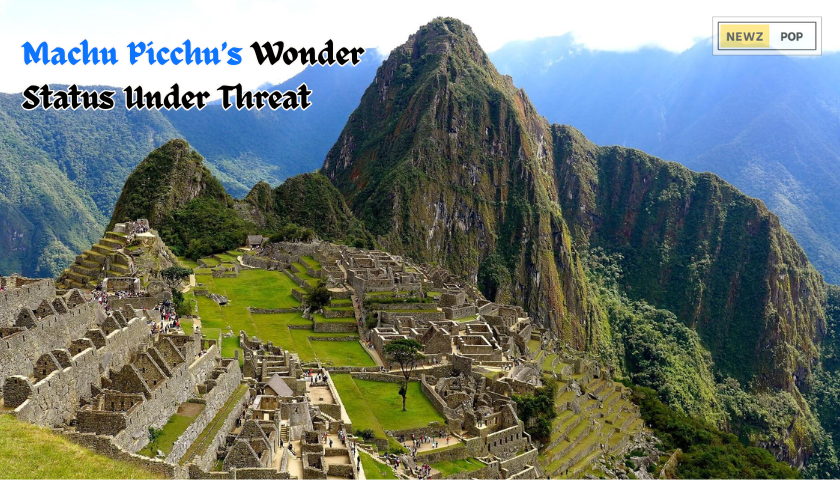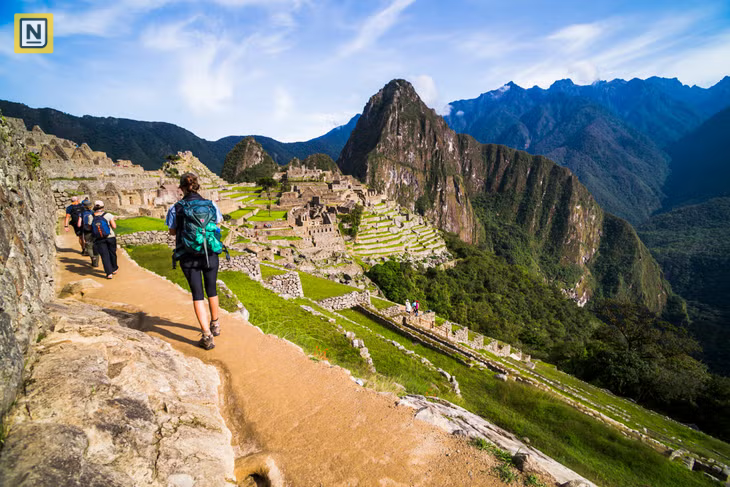
Machu Picchu
is one of the most stunning and mysterious ancient sites in the entire world. To begin with, it was built by the Inca civilization in the 15th century, high in Peru’s Andes. In fact, in 2007, global audiences voted it one of the New 7 Wonders of the World. As a result, this recognition brought pride, fame, and a tourism boom that helped Peru’s economy and global reputation. However, the same popularity that once helped Machu Picchu grow is now putting the site at serious risk. The New 7 Wonders foundation warned it may lose its title unless urgent steps are taken soon. Ultimately, the problem is serious, with causes tied closely to tourism growth and poor site management over time.
What’s Driving the Crisis?
Over tourism, with over 1.5 million visitors expected in 2025, is putting pressure on the site’s paths and fragile structures.
Environmental strain, increased waste, and pollution put a strain on the surrounding ecosystem.
Social Tensions, disputes over transportation concessions have led to protests and blockades, revealing friction between local communities and tourism operators.
Commercialization, the spiritual and cultural essence of Machu Picchu, risks being diluted as it becomes increasingly commodified.

Preserving Machu Picchu needs careful planning, strong community support, and tourism that respects its cultural heritage. To combat these threats, experts advocate sustainable tourism practices:
- First, limit daily tourist numbers to reduce crowding.
- Next, require guided tours to promote respectful behavior.
- Then, use eco-transport and walking paths to protect nature.
- Also, involve locals in planning and share tourism profits.
- Finally, support zero-waste efforts and fund conservation through ticket sales.
These measures aim to strike a balance between tourism and preservation, ensuring that Machu Picchu remains both accessible and protected.
